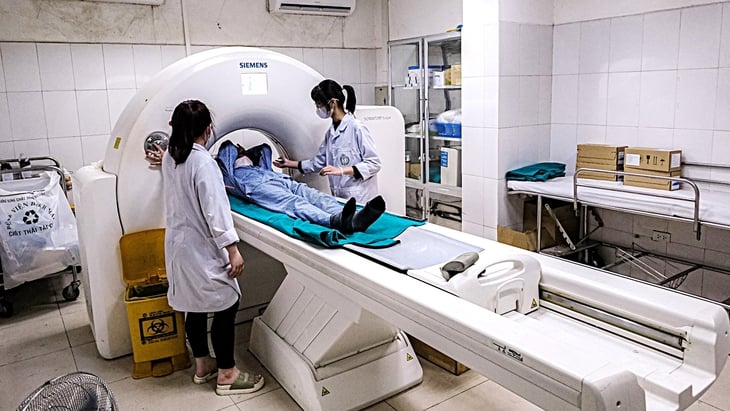
The Ministry of Health is building a supplementary list of drugs and chemicals covered by health insurance - Illustration: NAM TRAN
Tuoi Tre spoke with Ms. TRAN THI TRANG , Director of the Department of Health Insurance, Ministry of Health , to clarify the principles, procedures and key changes in this draft. Ms. Trang said:
- The list is built based on proposals from hospitals, pharmaceutical manufacturing - importing - trading enterprises, management agencies, experts, as well as recommendations from voters and people.
In principle, drugs must ensure safety and effectiveness, achieving the best cost-effectiveness. For drugs with high costs and strong impacts on the fund, the Ministry of Health must carefully consider to determine the appropriate payment rate, ensuring fund balance.
Drugs included in the list must also have a valid circulation registration number or import license, have no safety warnings, and comply with diagnostic and treatment guidelines issued by the ministry.

Ms. Tran Thi Trang - Photo: NVCC
* The list has been reviewed as you said, so which drugs have been added/removed from the list?
- In this review, the Health Insurance Department has reviewed all 1,037 active ingredients. The review and issuance of the draft has been prepared for 3 consecutive years and has a 5-year vision to ensure coverage. Thereby, it also adjusts the payment rates and conditions for expensive drugs, eliminates drugs that are no longer in use/no longer have a circulation registration number/drugs with safety warnings or low treatment effectiveness.
At the same time, with a group of active ingredients with the same indication, choose the most effective and most reasonable cost drugs. The goal is a list that ensures optimal treatment effectiveness while still being suitable for the fund's ability to pay.
* Many rare diseases or diseases with few treatments were previously difficult for patients to pay for. What changes have been made in the new list to make it more convenient for patients?
- Through the practical assessment of the implementation of Circular 20, the Ministry of Health found that the coverage is not high. In this update, the draft has significantly expanded the list for many diseases, adding drugs to treat rare diseases and groups of diseases with few drugs to choose from.
Drugs that were previously not covered will also be considered for inclusion. This will give doctors more "weapons" for treatment and patients better access to drugs.
* With drugs that cost up to billions of dong each year, patients will have to pay high co-payments. What changes will the new list make, madam?
- The Ministry of Health has made every effort to offer the highest possible payment rate within the fund's balance. At the same time, it has applied evidence of economic and medical evaluation to discuss with businesses about price reduction. Up to now, 14 businesses have sent written commitments to reduce prices, mainly for drugs with very high costs. The price reduction helps reduce treatment costs and reduce the patient's co-payment.
In addition, the Ministry of Health also plans to submit to the Government a resolution on piloting partial co-payment support for some high-cost drugs, in the spirit of Resolution 72 of the Politburo. Thus, in the future, a three-party mechanism will be formed: the Health Insurance Fund - the State Budget - businesses to support patients together.
* A long-standing issue: many people believe that health insurance drugs are just "regular" drugs, of lower quality than drugs bought outside, or branded drugs. Is this correct?
- Vietnam regulates the list by the name of the active ingredient, not the trade name. An active ingredient can include both patented drugs and generic drugs, and all are covered by health insurance if the bid is won at the hospital.
All licensed drugs must meet safety and efficacy standards. Competition among multiple registrations will help reduce prices, even for innovative drugs, to match people's ability to pay.
* Adding more drugs to the list and increasing the payment rate, will the new list help reduce people's out-of-pocket expenses for medical examination and treatment, madam?
- Out-of-pocket expenses include many items, not just the co-payments in health insurance. For example, health care costs, periodic health check-ups, other health care services...
In fact, with the drug component, the impact of the reduction is obvious because previously, drugs that were not on the list had to be paid 100% by people, but now they are paid in full or in part. Some drugs have increased the payment rate, the number of drugs has been expanded, helping to reduce direct costs. In recent times, the proportion of drug spending in total medical expenses has decreased from 40 - 50% of total medical expenses to about 30%.
In addition, the draft also extends the availability of more than 340 drugs to commune and ward health stations. If the station has a doctor and is approved for the scope of expertise, the commune-level doctor can prescribe these drugs. This helps people access drugs right at the grassroots level, reducing travel and treatment costs.
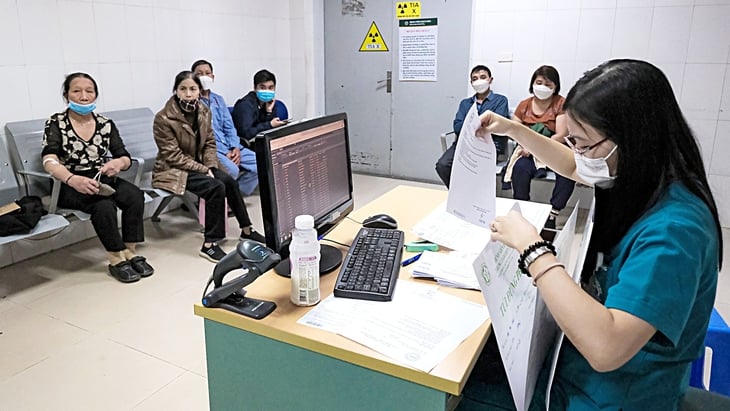
The Ministry of Health is building a supplementary list of drugs and chemicals covered by health insurance - Illustration: NAM TRAN
81 new drugs will be added to treat cancer and cardiovascular disease.
Current regulations in Circular 20 have 1,037 active ingredients, with thousands of drugs, medical biological products, radioactive substances and commercial markers covered by health insurance for patients.
The new list will review and remove from the proposed list 130 drugs with active ingredients that no longer have circulation registration numbers, are not rare drugs, do not have import licenses or are no longer widely used, but will add many new active ingredients, newly invented drugs, the total number of active ingredients and biological products in the new list will be about 1,050.
The draft also proposes to update and add 81 new drugs mainly used to treat cancer, cardiovascular disease, diabetes, blood pressure, anti-infective, anti-fungal diseases, adjust the scope of drug use not only by hospital level, and proposes to change the payment rate for 47 drugs already on the list.
Today, November 28, the Ministry of Health will hold a workshop on this draft new drug list.
Source: https://tuoitre.vn/mo-rong-danh-muc-thuoc-bao-hiem-y-te-co-loai-dat-tien-bo-sung-them-thuoc-dieu-tri-benh-hiem-20251127231021561.htm










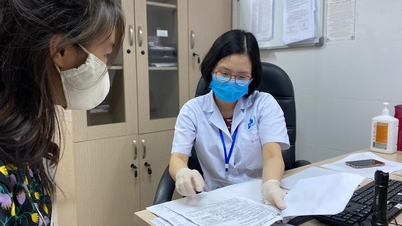



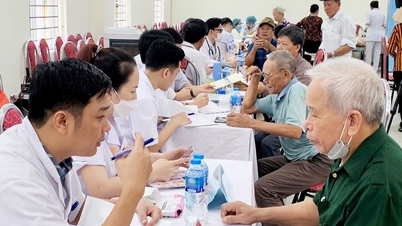

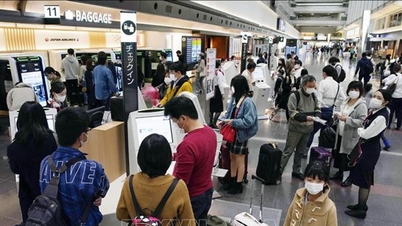





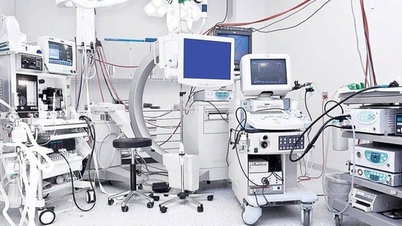









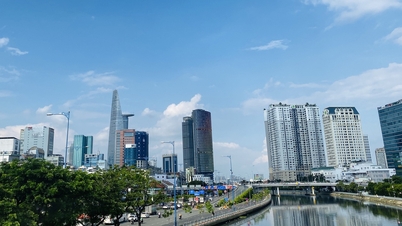

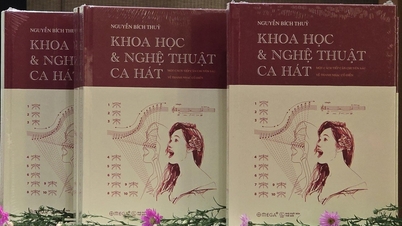















































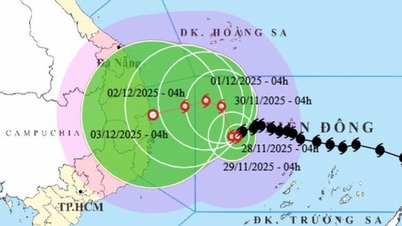








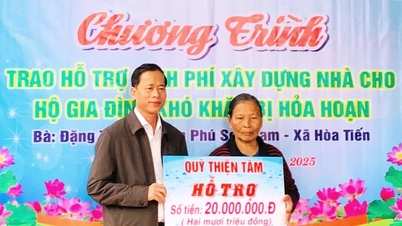


















Comment (0)